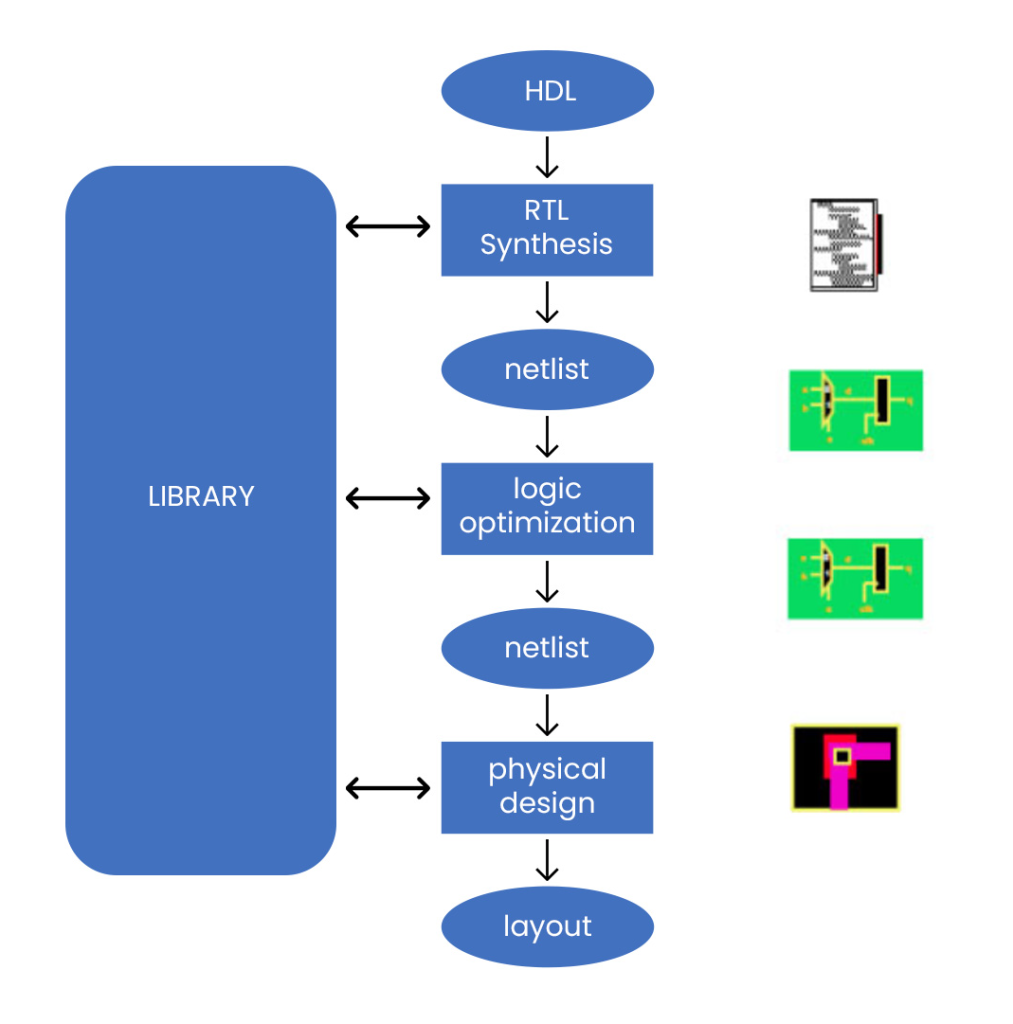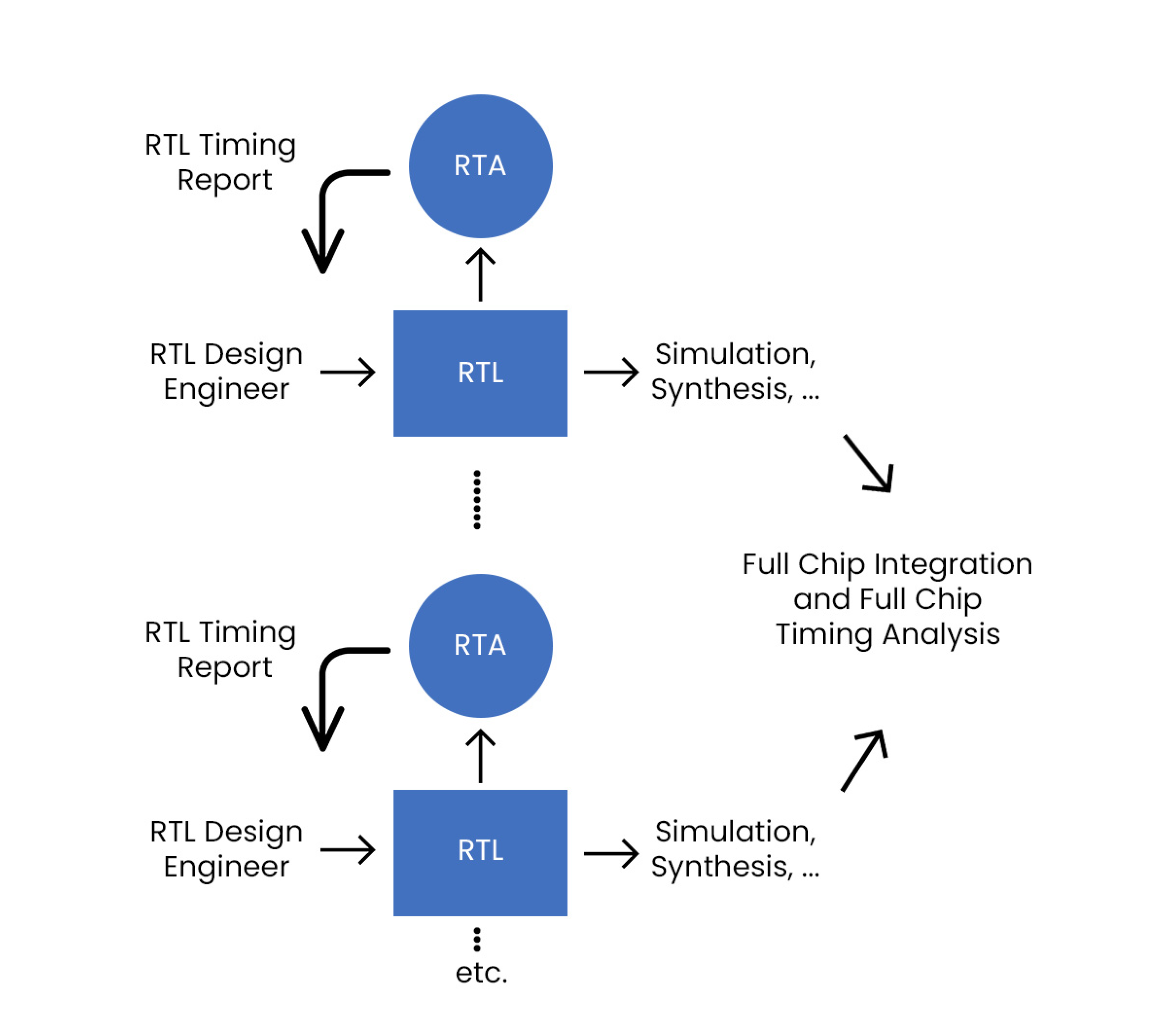
ACL Digital
A Guide to Understanding RTL Design and Its Role in Digital Circuit Design
What is RTL Design?
RTL design is a hardware description method focusing on data flow between registers in a digital circuit. It describes the circuit’s functionality using a hardware description language (HDL) such as VHDL or Verilog. RTL design allows designers to express complex digital systems using a concise and structured representation.
At the RTL level, designers describe the circuit’s behavior by specifying the operations performed on registers and the data paths between them. It provides an abstract view of the circuit’s operation, hiding the underlying implementation details.
The Role of RTL Design in Digital Circuit Design
RTL design plays a crucial role in the overall digital circuit design process. It bridges the high-level behavioral description of the circuit and its low-level implementation in hardware. Here are some critical functions of RTL design:
1. Behavioral Description
RTL design allows designers to describe the behavior of a digital circuit at a higher level of abstraction. It focuses on the flow of data and control between registers, enabling designers to express complex functionality concisely and structured. This behavioral description serves as a blueprint for the subsequent steps in the design process.
2. Verification and Simulation
RTL design enables designers to simulate and verify the functionality of the digital circuit before its implementation in hardware. Simulation at the RTL level allows designers to detect and fix any design flaws or functional issues early in the design process. It significantly reduces the time and cost associated with rework during the later stages of development.
3. Synthesis
RTL design is the starting point for the synthesis process, where the circuit is transformed into a gate-level representation. Synthesis tools analyze the RTL description and generate a gate-level netlist that represents the circuit using standard cells from a library. This gate-level netlist is then used for physical design and manufacturing processes.

4. Timing Analysis and Optimization

5. Design Reusability
IP Design and SoC Integration
Leveraging RTL Design for Faster, Efficient Circuits

Faster Design Cycles
RTL design enables shorter design cycles than traditional gate-level design. It allows designers to focus on the functionality and behavior of the circuit rather than the intricate details of gate-level implementation [3].
Easier Debugging and Verification
RTL design provides a higher level of abstraction, making it easier to debug and verify the circuit’s functionality. Designers can simulate and test their designs at the RTL level before proceeding to gate-level implementation [3].
Optimization for Specific Goals
RTL design allows designers to optimize their circuits for specific goals such as power consumption, performance, or area utilization. By making changes at the RTL level, designers can achieve better results regarding power efficiency or speed [3].
Reusability
RTL designs can be easily reused for different projects or integrated into larger systems. Designers can create libraries of reusable RTL components, saving time and effort in future projects [3].
Impact on Integrated Circuit Design
RTL design is crucial in IP (Intellectual Property) design and System-on-Chip (SoC) integration. IP cores, pre-designed RTL components, can be integrated into a larger SoC design, allowing for faster development and reducing time-to-market [3].
Widely Used Language
Verilog and VHDL are the two most used hardware description languages for RTL design. Designers can choose the language that suits their needs and preferences [3].
Growing Industry Demand
With the rapid advancement of integrated circuits and digital systems, the demand for skilled RTL designers is increasing. Companies seek professionals who can efficiently design and optimize digital circuits using RTL methodologies [3].
Understanding RTL design and its role in digital circuit design is crucial for engineers and designers looking to create efficient and reliable circuits. By leveraging the benefits of RTL design, they can enhance the design process and achieve better performance, power consumption, and reusability.
